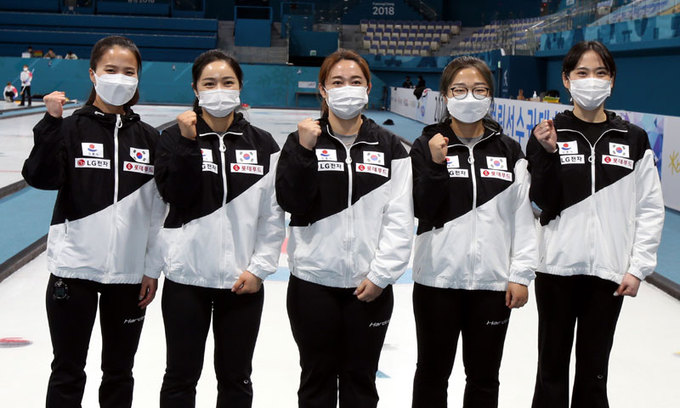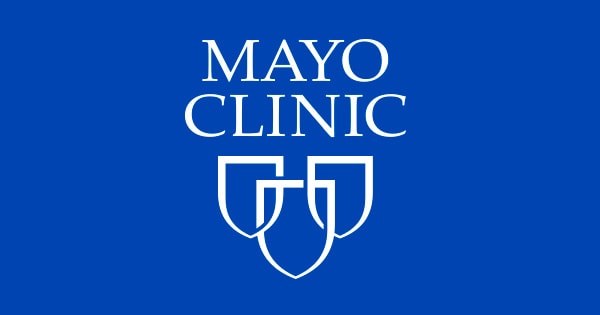A recent University of California study of telehealth implementation at community health centers found that although phone visits were beneficial to historically marginalized patients, continued virtual care use depends on increased technological resources.
The study, published in SSM – Qualitative Research in Health, took a closer look at the rollout of telemedicine at two federally qualified health centers serving primarily Chinese and Latino immigrants.
“Results highlight the importance of reimbursing audio-only visits post-pandemic and investing in efforts to improve the quality of language services in telemedicine encounters,” wrote the researchers.
WHY IT MATTERS
As more data emerges about the use of telemedicine during the pandemic, stakeholders have highlighted its potential importance in addressing disparities in health outcomes.
At the same time, elected officials and industry leaders have flagged the possibility that telehealth could potentially worsen inequity.
“Telemedicine can improve healthcare access and health outcomes in medically underserved communities by addressing structural barriers like transportation, excess wait times, childcare responsibilities, inconvenient appointment times, and regional medical provider shortages,” wrote the study authors.
“Digital divide barriers persist, however, and influence adoption and use,” they continued.
For this study, researchers interviewed providers and patients from December 2020 through April 2021 about their experiences with virtual care at community health centers.
“Several agreed the pandemic accelerated adoption of video and audio-only visits, which had not been offered at either FQHC,” they wrote.
Participants pointed to the importance of personnel who could facilitate visits, especially bilingual staff members who could provide high-quality language concordant care.
At the same time, they referenced multiple technological capacity barriers, including lack of private workspaces for personnel, limited equipment to support telemedicine in home settings and difficulty integrating a third-party language interpretation service into a telemedicine visit.
“The ability to use audio-only visits and obtain reimbursement was described as an important facilitator,” wrote researchers. The study found that the majority of personnel expressed interest in continuing to offer video and audio-only visits beyond the pandemic, but that doing so largely hinged on federal and state policy decisions.
“Several leaders and providers said their clinic would experience a steep drop-off in overall telemedicine volume if audio-only visits were reimbursed at a low rate,” wrote researchers.
THE LARGER TREND
Other studies have shown differing rates of use by some populations for audio versus video telehealth, with research this past month finding that patients with lower incomes may be more likely to use phone services.
But while some lawmakers have moved to permanently safeguard audio-only telemedicine coverage, a few advocates warn that payment parity mandates may actually present hurdles to wider adoption.
ON THE RECORD
“Our results provide a strong basis for the continued use and reimbursement of audio-only visits beyond the public health emergency to promote equitable access,” wrote researchers in the SSM study.
Kat Jercich is senior editor of Healthcare IT News.
Twitter: @kjercich
Email: kjercich@himss.org
Healthcare IT News is a HIMSS Media publication.
Note: This article have been indexed to our site. We do not claim legitimacy, ownership or copyright of any of the content above. To see the article at original source Click Here













